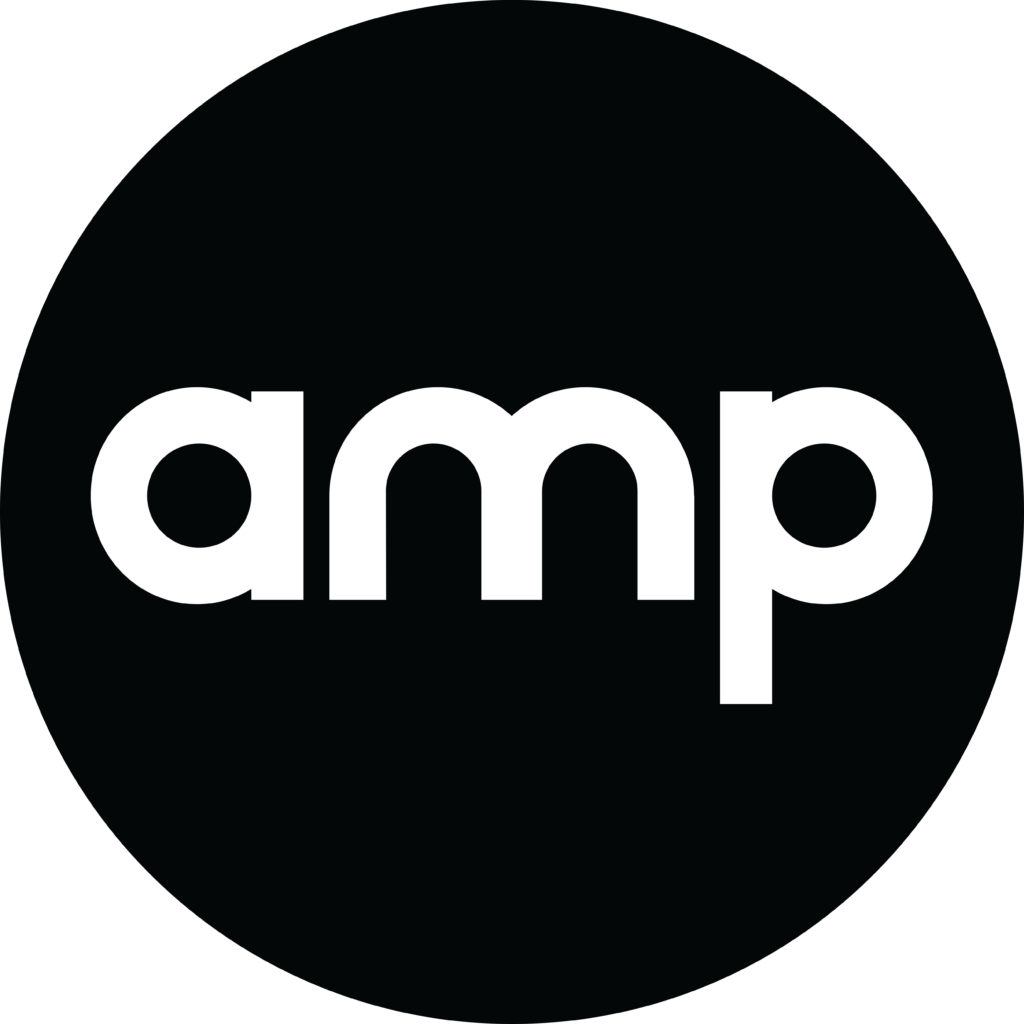Amp Sound Branding
I sat down with Vijay Iyer, head of amp Sound Branding in the U.S. for the Sound In Marketing Podcast (Episodes 40 and 41). Amp is an international, multi-cultural sonic branding agency with offices in Germany, the U.S. and China. “From consulting and advertising, photography and performing arts, social sciences and languages to psychology and customer experience, everyone at amp is a superhero with their unique superpowers- all united by the love for music and sound”.
Vijay and I talked about all the latest that’s being done in sonic branding across the globe and what’s left to be done. We talked about inclusion and diversity, what it means to have a global voice, and why having a global perspective is so important.
Diversity and Global Culture
Vijay stated that, within their worldwide staff, there are 10–12 languages spoken and 15 different countries represented. This cultural diversity is a key benefit when working with global brands and clients. Even before their initial research, they are able to go around the table and gain context on what that potential client may need and be expecting from their sonic identities.
Their staff has a very different interest base and background ranging from musician, disc jockey, scientist, and even to a former London bar owner. Amp keeps a very open mind when people bring things to the table, having a solid interest in one another. This is extremely helpful when they’re communicating with global brands. If they were only to have one cultural perspective, they would be limited in their “right off the bat” understanding of that clients’ cultural backgrounds.
Bottom Line: Having more cultural backgrounds, more people of color, and more women within and surrounding your brand and company will do nothing but strengthen your ability as a brand to deliver honest and clear messaging to your consumer.
Best Audio Brands Ranking 2020
Earlier this year, amp released its second annual rankings list, the Best Audio Brands Ranking 2020, focusing on what brands got right in their brand sound marketing. The ranking identifies strong and weak audio performers, determines missed strategic opportunities and provides actionable solutions to boost a brand‘s audio value and ROI.
They build their list out of the Interbrand Top 100 rankings list so as to start a frame of reference and a ranking perspective. With the help of Veritonic and Storyclash they measured efficiency, engagement, recognition, and the ROI the brand received from their sonic branding implementation.
With this information, amp identified “six key pillars comprising a brand’s sonic brand identity”; customer trust, customer belonging, customer recognition, customer engagement, customer experience, and ROI.
The Results
Through this report, Amp’s rankings showed the following companies to take the Top 10 (from 1–10); Mastercard, Shell, Apple, Google, Amazon, McDonalds, Intel, Coca Cola, Disney, and Nintendo.
Even though these 10 ranked highest, there is significant room for improvement by all brands in reaching their audio touchpoints. Even at #1, Mastercard’s index score was 56 out of 100. It is also interesting to note that Mastercard jumped from #72 in 2019 to #1 in 2020.
A sonic logo alone is not the future of things. A sonic strategy must be first and foremost.
Take a visual identity for example. With branding guidelines secured, you’re able to adapt quickly to any new visual platform that may arise in the future because you have “rules” in place.
A sonic strategy is required in order to align with future minded business and to be prepared for technology that hasn’t even been invented yet.
Vijay Iyer
You can download the full report here.
Voice And Voice Assistance
According to the 2020 U.S. Top Brand Intimacy Ranking, three brands (Amazon, Apple and Google) rank within the Top 15 thanks to their use of voice.
Although we’d all love to model companies as successful as those three and follow in step, certain processes need to be assessed first.
The digital assistant voicing “sound” isn’t always the first conversation to have. The messaging that voice delivers is far more important. Decide on what you’re trying to achieve and the best method for accomplishing that successfully first.
When you are ready to discuss the tonality of your voice assistance, here are some questions to ask yourself. What would your brand sound like if you were to use voice over talent? What would it sound like if it were a purely digital voice? Should it be an androgynous voice? What cultural intonation should it have? What is the emotional engagement you want with your user?
“The conversation we’re having in the voice space is very similar to the conversation of diversity that we’re having in general.”
An example of important voice representation is Onstar, the automotive safety and security service. When a user is utilizing this voice function in their car, the way that that voice on the other side speaks to them is very important. Especially when involved in an accident. This person in one way or another is in need of assistance. They could be frazzled or hurt or scared. That voice (in case of an emergency an actual human) needs to comfort and empathize with them until the first responders arrive.
For this reason, voice application is imperative in thinking through the experience of the customer and their expectations.
Why Mastercard’s Sonic Branding Ranked High
Mastercard’s approach was to start off with creating a sonic identity similar to a sonic DNA. They spent 18 months developing it and rolling it over multiple touchpoints. It is now a central element of their global multi-sensory marketing strategy.
“Around the globe, [Mastercard] is taking sonic and flowing it into customer experience and doing it very consistently.”
Vijay Iyer
The other brands may have had strong sonic elements, but have yet to apply them to all audio touchpoints. For example, Apple, Google, and Amazon have very strong functional sounds and voice assistance for their products and so they focus on those rather than covering the gamut.
Why is Sound and Sonic Branding So Important?
Sound has direct access to our brain. In fact, our sense of hearing is the sense that reaches our brains the fastest. It has an intense connection to our subconscious and, in effect, direct connection to our decision making process. This inevitably leads to purchase power. Today, smart home devices and voice search is increasing. Without a brand sound representation, that brand cannot compete in this Sound On World.
A screenless society is not the future; it is now.
Sound is important and knowing the platform being used is just as important. You have to have authenticity in your context and a platform is a context. What is the emotional connection you want to build? How do you go about presenting that emotion in context?
We’ve got 6 seconds on Instagram to get someone’s attention. There are pre rolls and mid rolls on YouTube maybe 30 seconds each. Every form of digital communication and advertising is more and more abbreviated. However, brands are still being called to engage and build brand recognition within this tiny window of time. That’s some heavy hitting if you’re focusing on your video campaign only.
With sound, 6 seconds could be more than enough time to instill a Pavlovian response and create an earworm of sorts that the consumer unconsciously registers deep in their brain.
The James Bond Sonic Identity

Vijay brought up a great example of a (nearly) 60 year old sonic identity icon that is the James Bond franchise. They have taken great care to craft an audio DNA that can be adapted and manipulated to fit into any of their storylines and arcs and adapt to the spirit of the franchise itself. Just look at the various opening credit songs; Adele, Madonna, Patty LaBelle, Jack White, A-Ha, and Duran Duran to name a few. All of these tracks are vastly different. However, there is an inescapable “essence” of James Bond DNA. Sometimes it’s a riff, sometimes the melody is obvious, but whatever it may be, you know you’ve stepped into the James Bond universe.
This DNA is even so well crafted that it adjusts within cultural shifts and genres depending on what country James Bond may be in at any one time.
So does your music fit the brand or does your brand fit the music?
The Future of Sonic Branding
According to a study done in Australia by PHMG, 75 percent of young adults state that they developed a better understanding of a brand’s personality through how the brand utilizes music.
We need to be paying attention now to Generation Alpha and how they will interact with technology in the future. At present, research on this generation has begun with its influence in the voice activation space and buying power.
Well put by an article by Audio Socket, “As younger generations become ever more marketing-savvy, music remains one way that companies and marketers can stay subtle.”
Voice is also proving to be a way to bring people together. Take the current situation with COVID-19. Music and sound has been a connecting element; helping us through this time of isolation and this time of heightened awareness of social injustice. What we’re dealing with right now is a lot and sound is there to relate and soothe and walk us through it in a raw and sincere way.
Through this, music has “stepped up” and the mass majority of people and brands are noticing its profound effect. I believe that because of this, voice will have a better chance and opportunity to play a more integral part in marketing and advertising.
There’s something special and very powerful in sonic branding and we need to unwrap it more to tell our brand story as fully and in the most genuine way possible.
In Conclusion
Music placement can’t just be chosen because it’s, “that catchy song of the month”. The decision can’t even be based on data showing, “whistles and claps are hot right now”. It needs to be about your brand and the message that you and your brand choose to convey.
A sonic strategy is an integral element within brand strategy.
Related Articles on Sound In Marketing
For more on Sound In Marketing, check out:
How Dove Succeeded Creating a Massive Sensorial Experience
Seinfeld; Building an Iconic Sound
The Difference Between Jingles and Sonic Logos
Sonic Branding in a Sound On World
Let’s Make Sound On Purpose
Excited to explore your brand soundscape? Dreamr Productions would love to help. Contact us today for more information.




